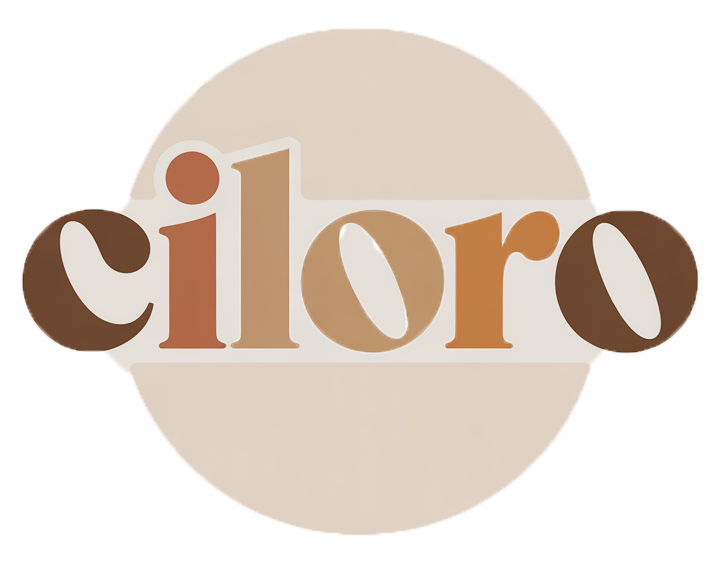Stunning Budget-Friendly Plant Decor Ideas for Your Home
Discover budget-friendly tips and creative ideas to transform your home with stunning plant decor that enhances beauty and boosts your well-being.
The trend of incorporating plants into home decor has gained significant traction in recent years.
Not only do plants enhance the aesthetics of a space, but they also offer numerous benefits such as improving air quality and boosting mood. This article focuses on how to create beautiful plant decor without overspending, allowing you to enjoy the numerous advantages plants bring to your home.
2. Understanding Your Space
Assessing Room Size and Light Availability
To begin, it's essential to assess the size of your room and the available light. Here are some tips:
- Determine how much space is available for plants.
- Identify the types of natural light in each room, such as:
- Bright light
- Indirect light
- Low light
Choosing the Right Plants for Your Environment
Different plants thrive in various light conditions. Consider the following plant varieties:
- Bright Light: Succulents, Cacti
- Indirect Light: Snake Plant, Pothos
- Low Light: ZZ Plant, Peace Lily
Also, think about the maintenance levels required for each plant:
- Low Care: Snake Plant, ZZ Plant
- Medium Care: Spider Plant, Pothos
- High Care: Orchids, Fiddle Leaf Fig
3.
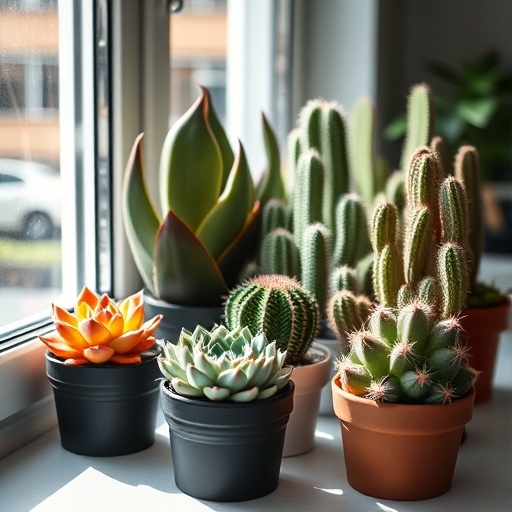
Budgeting for Plant Decor
Setting a Realistic Budget
Setting a budget is crucial when planning your plant decor. Here are some tips:
- Prioritize spending on plants versus decor items.
- Consider budget ranges for various plant types and accessories:
| Plant Type | Price Range |
|---|---|
| Succulents | $5 - $20 |
| Medium Plants (e.g., Pothos) | $15 - $40 |
| Large Plants (e.g., Fiddle Leaf Fig) | $50 - $150 |
Finding Affordable Plant Sources
To keep costs down, explore various sources for plants:
- Local nurseries
- Farmer's markets
- Online retailers
- Plant swaps and community exchanges
4. DIY Plant Decor Projects
Repurposing Household Items
Get creative by using old containers as plant pots. Here are some ideas:
- Jars
- Mugs
- Bowls
You can also upcycle furniture for plant displays.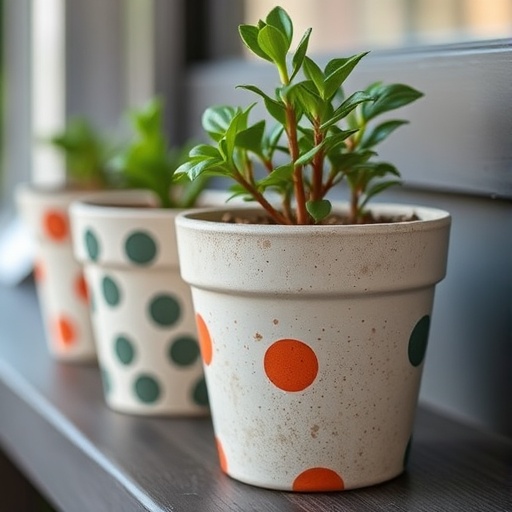
Consider:
- Old shelves
- Unused side tables
Creating Macramé Plant Hangers
Macramé hangers can add a unique touch to your decor. Here are some basic techniques:
- Start with simple knots.
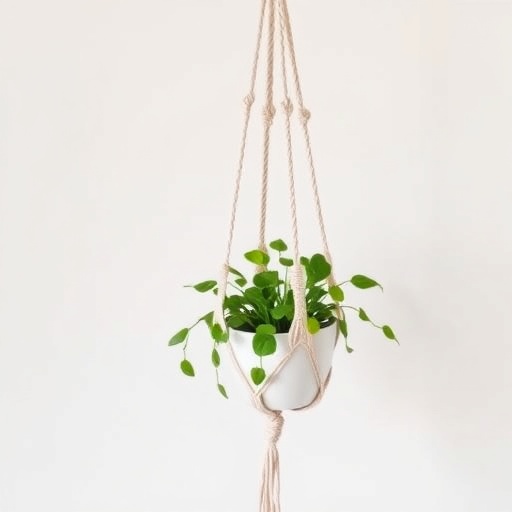
- Choose materials such as cotton cord.
- Select colors that fit your decor style.
5. Selecting the Right Planters
Choosing Affordable Planter Options
When selecting planters, consider budget-friendly materials:
- Ceramic
- Plastic
- Terracotta
Also, think about size and drainage capabilities to ensure plant health.
Decorating Plain Planters
Plain planters can be transformed with these techniques:
- Painting or decorating with patterns.
- Using natural elements like twine, wood, or stones.
6. Arranging Plants for Maximum Impact
Grouping Plants by Size and Style
To create visually appealing groupings, consider:
- Mixing plants of different heights.
- Balancing and maintaining symmetry in arrangements.
Utilizing Vertical Space
To save floor space, think about:
- Wall-mounted planters
- Floating shelves
- Using ladders or racks for plant displays
7.
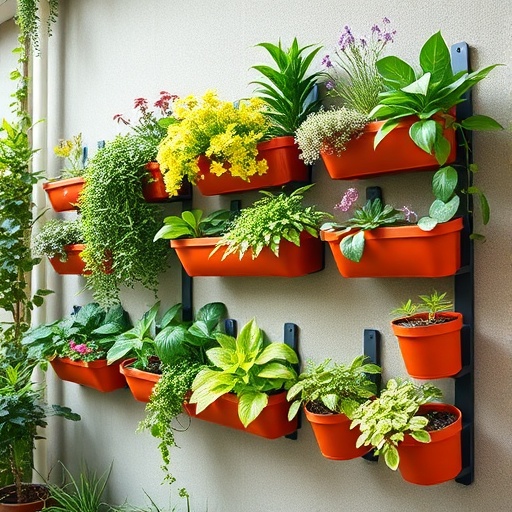
Incorporating Plants into Existing Decor
Blending Plants with Other Home Accessories
Integrate plants with artwork, books, and other decor by:
- Creating a cohesive look with color and texture.
- Positioning plants near decorative items for visual appeal.
Seasonal Plant Decor
Consider rotating plants based on seasonal themes. Here are some ideas:
- Spring: Bright flowers and greens.
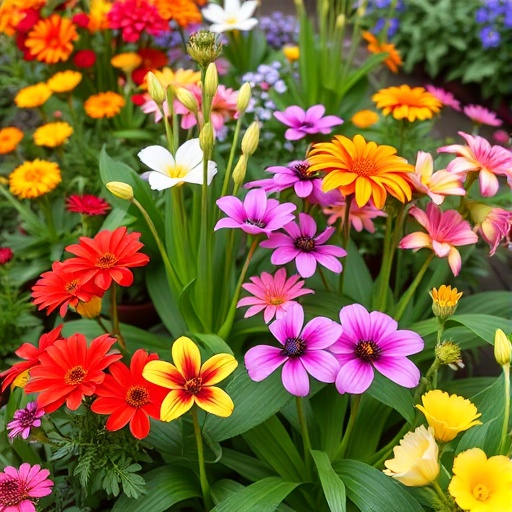
- Summer: Tropical plants.
- Fall: Seasonal foliage.
- Winter: Evergreen plants.
8. Caring for Your Plants on a Budget
Cost-Effective Plant Care Tips
To care for your plants without overspending, try:
- Homemade fertilizers using kitchen scraps.
- Natural pest control solutions like neem oil.
Tracking Plant Health and Growth
Monitor plant conditions to prevent over-spending on replacements. Here are some tips:
- Keep a plant care journal.
- Use apps to track watering schedules and growth.
9. Inspiring Plant Decor Styles
Bohemian Style
Bohemian decor is characterized by:
- Vibrant colors and patterns.
- Layered textures.
- Suggestions for plant types: Ferns, Spider Plants.
Minimalist Style
For a minimalist look, focus on:
- Selecting a few impactful plants.
- Maintaining a clutter-free environment.
10. Final Thoughts
Experimenting with different plant arrangements and styles can be a fun and rewarding experience. Remember, creating stunning plant decor is possible on any budget. We invite you to share your plant decor successes and ideas with others.
Key Takeaways
- Assess your space and light conditions before choosing plants.
- Set a realistic budget and find affordable plant sources.
- Consider DIY projects to personalize your plant decor.
- Arrange plants thoughtfully for maximum visual impact.
- Incorporate seasonal themes for a fresh look throughout the year.
- Caring for plants can be budget-friendly with a few simple tips.
Conclusion
Creating stunning plant decor in your home doesn't require a large budget. With careful planning, creativity, and a willingness to explore different styles and arrangements, you can enhance your space beautifully. Enjoy the journey of adding greenery to your home!
FAQ
What are the best low-maintenance plants for beginners?
Some of the best low-maintenance plants for beginners include Snake Plants, ZZ Plants, and Pothos.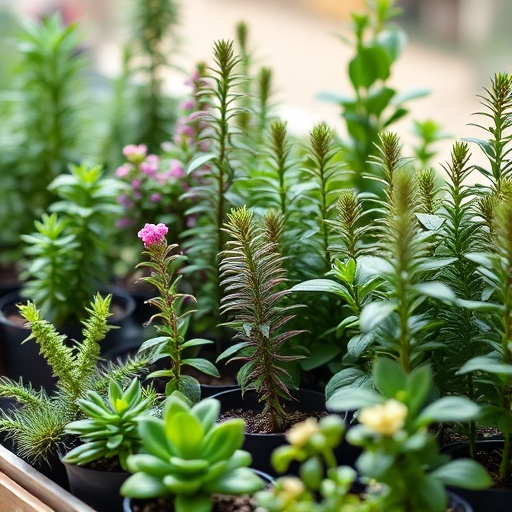
These plants are hardy and require minimal care.
How can I make my own plant fertilizer?
You can make homemade fertilizer using kitchen scraps like banana peels, eggshells, and coffee grounds. Simply compost them or soak them in water to create a nutrient-rich liquid fertilizer.
What types of planters are best for indoor plants?
Planters made from ceramic, terracotta, or plastic are great for indoor plants. Ensure they have drainage holes to prevent overwatering.
How do I know if my plant is getting enough light?
Observe your plant's growth. If it's stretching towards the light or has pale leaves, it may need more light. Conversely, if it's scorched or discolored, it may be getting too much direct sunlight.
